Who is allowed to say what?
Designed to bring to the surface how certain voices are privileged while others are censored despite them speaking about the same content.
About this learning activity
This learning activity is one of two suggested deepening activities on “Sexuality and internet governance”. This activity has two parts. It is designed to bring to the surface how certain voices are privileged while others are censored despite them speaking about the same content. It is also meant to raise awareness that the internet is not merely a tool, but a political and public space for occupation and advocacy.
Learning objectives
- To deconstruct governance over sexuality-related online content (information and expression).
- To impart understanding on the intersectionality between internet rights and sexuality rights.
Who is this activity for?
Participants of all levels of experience.
Time required
1.5 hours
Resources needed
- The content as stipulated in the facilitator’s preparation notes is to be placed on standard sized cards (5 cm x 10 cm or 7.5 cm x 12.5 cm).
- Stickers (4 colours, e.g. red, green, orange, yellow) to mark content (round, square or rectangular, but small enough to fit in the top right-hand corner of the content).
- (NOTE: If stickers are not available, you may allow people to mark the content in the top right-hand corner, BUT it will mean that the content is not reusable for other trainings).
- Marker pens
- Blank cards for identification of content by participants.
Mechanics
Part 1
Role play groups
Advertisers, Community, Government, Platform owners
- The majority of participants will act as the Community
- 3 persons or fewer will act as Government (depending on the number of participants)
- 2 persons or fewer will act as Platform owners
- 5 persons or fewer will act as Advertisers
Stickers
(round, square or rectangular, but small enough to fit in the corner of content)
- Green stickers mean approved by government.
- Red stickers mean censored or banned content and the government wants it out of circulation.
- Orange stickers mean approved by platforms.
- Yellow stickers mean banned by platforms.
The stickers are to be placed beginning at the top right-hand corner of the content. That way the top sticker and subsequent stickers are known, to be able to track who approved, who banned, and in which order.
Set the rules for each group
Community begins with all content cards
Community may write their own content cards. [Facilitator should give them some time to do so OR could allow the community to do so while the game is ongoing.]
Community can only complain and repeatedly complain about a specific piece of content, but not pester platform owners.
Community can complain and repeatedly complain about a specific piece of content to government. They can try to lobby to persuade the government to ban or to not ban.
Community cannot have full-on conversations with government or platform owners.
People who act as government are known
When it approves certain content, Government puts green stickers in the top right-hand corner of the content (all advertisements to be approved).
When it bans certain content, Government puts red stickers in the top right-hand corner of content.
Platform owners are known
Platform owners use yellow stickers if they approve content.
When Platform owners receive content with red or green stickers, they can decide if the content still remains with a red or green sticker or they can approve or ban, using an orange sticker to ban content and a yellow sticker to approve.
Advertisers will send out their advertisements and share all around
Advertisements NEVER get stopped/censored/banned.
Discussion
Facilitator should stop role-playing game after 20 minutes, collect the content, and share how the content was censored or banned and by whom, and which content had no censorship/banning.
Ask those who played conservatively which content they flagged and to whom, and then see if their “complaint” remained respected and upheld by the stakeholder concerned. Discuss if there were any changes. Discuss which content directly relates to sexuality rights (bodily autonomy, sexual expression, privacy, consent, safety, fantasy, sexual desire, sexual pleasure, sexual preferences, etc.). It may be all, it may not be all.
It is important to ensure that participants understand sexuality as not merely sexual violence or harm, and not merely sexual orientation and gender identity, but the many elements of sexuality.
Discuss similarities of content that is banned and not banned. This is to show that similar content is allowed over the internet by certain stakeholders, dependent on issues of revenue, power dynamics, etc.
Discuss how their observations relate to human rights and internet rights, emphasising the intersectionality between these two rights with sexuality rights. The facilitator may also want to hand out or draw the EROTICS Valentine diagram (Love in the Time of the Internet), which also shows the intersectionality between sexuality rights and internet rights.
“So we see these things happen in real life”: To close the discussion, ask participants about their understanding of internet governance, what have they heard, what they know about it, what they think they know. Put what participants say on a sheet of flip chart paper to revisit after Part 2.
Participants should identify from their own context what is banned and what is allowed and by whom (PART 2).
Part 2
Divide participants into groups of 4 (maximum) each and get them to think about when nudity is allowed online. They are to draw from their own experiences and observations. Mini case studies would be best. They have to be as specific as possible, and provide background information if they can (including context), to think about who created the content, or who the content originated from; how the content on nudity/sex/sexualisation is obtained/accessed; how nudity/sex/sexualisation is presented; who gets to see it (e.g. women, children, men, etc., the more specific the better); who gets to share it or forward it; and who gets to complain about it.
Each group to share their reflections
Were there new insights? A-HA moments.
Were there any new realisations about power dynamics and relationships between stakeholders?
There are also assumptions that conservatives manage to get sexually explicit content banned/censored, what about liberals?
Were there times when complaints were successful, and what facilitated that? (Ask for context and background information).
To close the discussion, review what the participants said about internet governance. Clarify any points that were unclear, and provide information where necessary.
Get the participants to talk about the challenges of balancing the protectionist approach and the empowerment approach.
Is there a need for the protectionist approach? Yes, for children? Yes, against the exploitation of children and women?
Facilitator’s preparation notes
Part 1
Content preparation: The facilitator needs to prepare examples of sexuality-related online content – for instance, “sexy” advertisements like the Gucci ads included here, a website on LGBT issues, a website on women’s sexual and reproductive rights, a website of an abortion rights group, body positivity photos, child pornography, gay pornography, a nudist camp, a photo of a woman in a swimsuit doing yoga, articles on how to masturbate for women, information on transgender bodies, men’s articles on Viagra, erections and penis enlargement, a Facebook page for LGBT people, a news report on violence against women with a photo depicting the violent scene, a rape video that looks like porn, etc.
NOTE: 50 pieces of content should be prepared. The content does not all need to be images. Some can just be descriptions, or the (sensationalist) headlines of an article. Encourage participants to also create their own examples with their understanding of sexuality rights content.
All content should be placed on standard-sized cards, as described above. The important thing is to ensure that any images can be clearly seen.
Examples from Gucci advertisements
NOTE: The advertisement with the pubic hair did receive backlash. But it could be important to explore who had the moral high ground to reject the advertisement.
Other advertisements
STICKERS: The reason why there’s a need for four colours is to help track who said what.
Part 2
Prepare mini case studies just in case participants do not have their own experiences to draw from, or in case their experiences are not rich enough for deeper discussions. Case studies need not all be about negative impacts of internet governance over sexuality rights. Try to identify positive case studies, too.
To prepare on intersectionality of sexuality rights and internet rights, have a look at APC’s training curriculum on “Internet Rights are Human Rights”: https://www.apc.org/en/pubs/internet-rights-are-human-rights-training-curriculum.
Surveillance issues may come up from the case studies/experiences.
Observe if any of the case studies suggest a change in social norms. These may come from more positive case studies.
Become familiar with the research and cases which can be found at https://genderit.org/taxonomy/term/294 as well as APC’s EROTICS research: https://erotics.apc.org/news/sexuality-and-the-internet/
Additional resources
Gender, Sex and Internet
http://irtx-jakarta.events.apc.org/wp-content/uploads/sites/9/2015/05/GSI_Jakarta2015.pdf
Freedom of Expression: Where do we set the lines?
http://gigx.events.apc.org/2015/06/22/freedom-of-expression-where-do-we-set-the-lines
Media brief: Censorship, sexuality and the internet
https://www.apc.org/en/node/10262
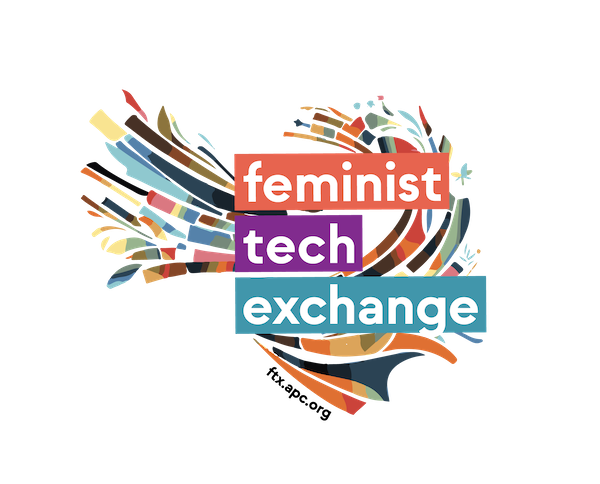
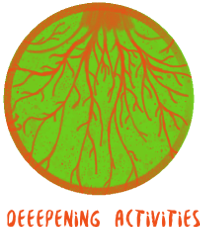
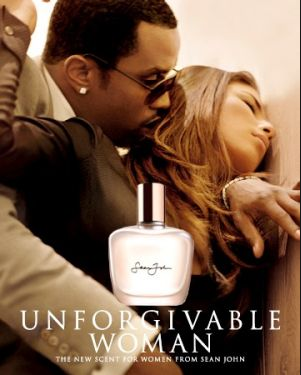


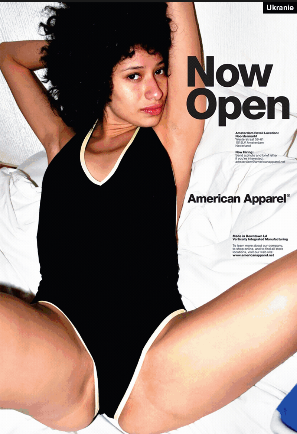
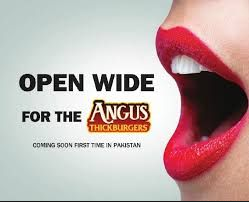


No Comments